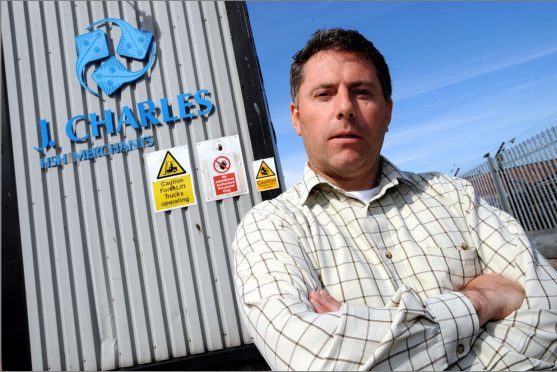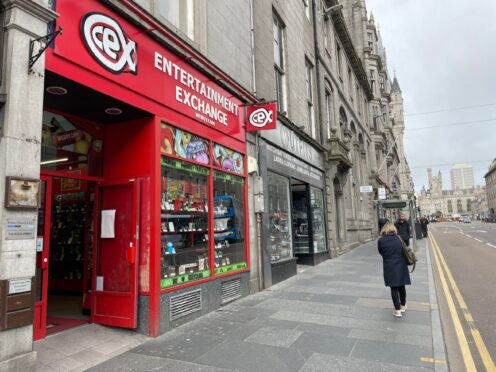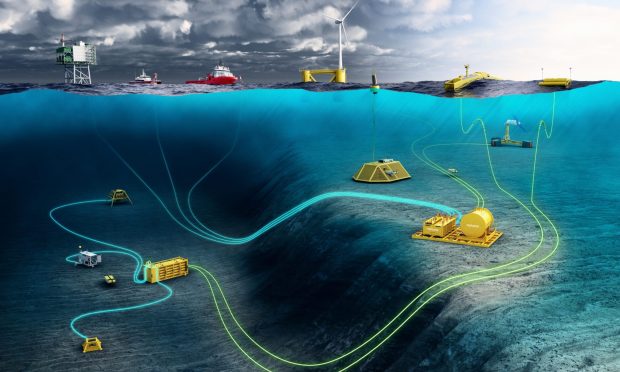Lorry loads of fish are leaving the north-east for processing plants elsewhere in the UK and Europe as business rates make the region “uncompetitive”, according to an industry boss.
Andrew Charles, of the Grampian Seafood Alliance, said that processors should be “looking to expand” as Scottish stocks are high and fishermen landing “more than ever”.
But he said the local industry had been “hammered” by rates rises and he was increasingly seeing fish caught in the North Sea being sent overseas.
His firm, Aberdeen-based J Charles, has seen its own bill rise leap by a third from £21,000 to £28,000 while other processing outfits have reported rises of up to 300%.
The Alliance, which was set up in May by processors to put pressure on the Scottish Government over business rates, wrote to finance secretary Derek Mackay, rural economy secretary Fergus Ewing and employment minister Jamie Hepburn on July 15 calling for an “urgent meeting” to discuss the issue.
So far they have not received a response.
Mr Charles said: “It is disappointing that our body represents 5,000 jobs in the north-east but none of the ministers have responded.
“They seem to think it is acceptable to put these massive rises on the larger end of the market. It’s making more companies not want to expand.
“I don’t understand where these values have come from. Fish processing units will only ever lose value and at the end of their lives usually have to come down. It isn’t like a city centre office block.
“Fish processors should be looking to expand just now – fish stocks have never been so good and the catching sector has never been so profitable.
“But our industry seems to be stagnating. I have never seen so many lorries of fish going to other processors across the UK and Europe.
“We are being made uncompetitive and need to be competitive again. If we don’t then we will lose processors.”
The rates rises have proved contentious across the country but particularly in the north-east because they are based on a 2015 assessment, before the oil downturn ravaged the economy.
Various packages of rates relief have been put in place with the Scottish Government capping the hospitality and office sectors at 12.5% for this year and councils putting in their own scheme for manufacturing and others.
James Bream, director of research and policy at Aberdeen and Grampian Chamber of Commerce, said the sector was still suffering.
He said: “There is still a significant amount of concern among businesses over this issue including the fish processing sector which is a key regional employer.
“We urge organisations to make sure they secure the benefit of the £17million worth of relief now available and apply before the September 30 deadline.
“We know the financial impact the revaluation has had on the north-east and are continuing to focus on the Barclay Review to address the fundamental flaws in the business rates system and identify support for 2018.”
A government spokesman said the letters had been received and would be replied to “in due course”.
He added: “We are committed to competitive business rates, funding around £660 million of rates relief this year including additional support in the north-east.
“Local councils can further reduce rates following the Community Empowerment Act.
“We are aware of the concerns that the seafood processing sector have raised and we are in dialogue with them to better understand the impact of this specific issue and the wider pressures facing the industry.
“We are continuing to engage the fish processing sector, to support delivery of the ‘Ambition 2030’ food and drink strategy.”










